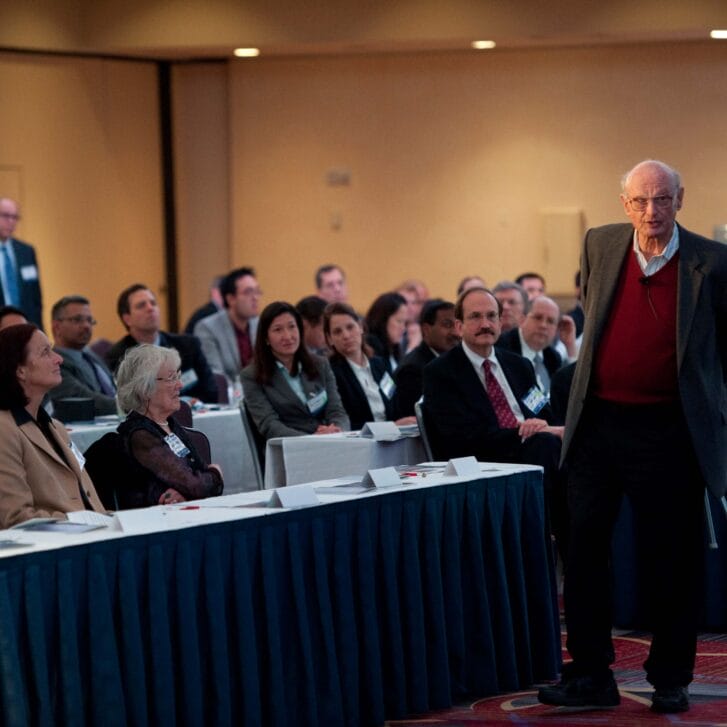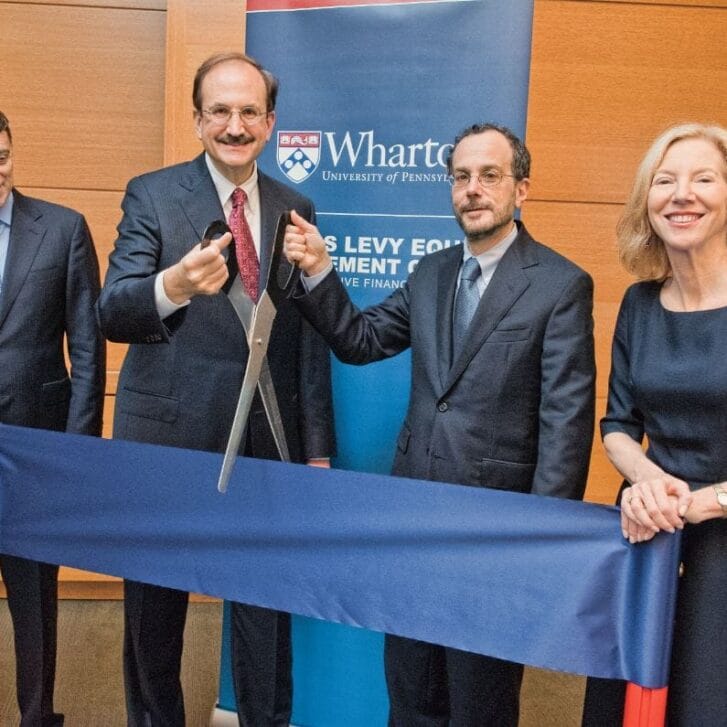Heading this year’s list is cybersecurity, along with geopolitical and environmental risks. One big takeaway is how various types of risks are interdependent, said Howard Kunreuther, Wharton professor of operations, information, and decisions and co-director of the Risk Center. “You begin to see clear arrows that go from climate change to food security to natural disasters to droughts, and to a set of things that can happen.”
Thought
“People don’t want to share an ad. They don’t want to share something that looks completely varnished. They want to share something that looks authentic, that looks real.”
Wharton marketing professor Jonah Berger says that companies like Coke excel at building situations to create social media content, like people hugging a soda machine and getting a free Coke. In “A Candid Advantage? The Social Benefits of Candid Photos,” Berger and co-author Alixandra Barasch of New York University compare audience reactions to posed versus candid photos in online profiles. When observers viewed profiles that displayed unvarnished images—or those that seemed to be unvarnished—they reported feeling more connected to those people and more interested in getting to know them.
Date Interpreted

Worldwide concerns examined in the 2018 Global Risks Report, published by the World Economic Forum in collaboration with Wharton’s Risk Management and Decision Processes Center
Thought
Ludovica Cesareo, post-doctoral research fellow in marketing at Wharton, University of North Carolina School of Law professor Deborah Gerhardt, and New England Law professor Peter Karol shared their surprise at the recent EU ruling against Christian Louboutin’s attempt to protect the Pantone shade of red on the soles of his designer shoes. (The U.S. and India recently upheld his trademark.)

Data Interpreted

Portion of trademarks by brands that claim a particular color as their trademark, rather than words (80 percent) or designs
According to Dalbir Singh, committee member for the 2018 One Globe Forum. (Some estimates put this figure much lower, between two and three percent.) By 2027, it’s estimated, the country will have the largest workforce of people in the world in the 15-to-64 age group. Jagdish Mitra, chief strategy and marketing officer at Indian IT services firm Tech Mahindra, told K@W there’s an urgent need to “democratize AI. … If AI can be made simple—in a way that even people in small towns and villages can create businesses using AI as they are doing today with the mobile phone—there can be many new opportunities.”
Thought
Financial Inclusion Through Fintech

In recent years, financial technology has dramatically expanded financial inclusion in China and elsewhere in Asia. Small and midsize businesses that have been underserved by banks now have access to capital as fintech enterprises use the internet and mobile technology to reach those borrowers; leverage data analytics to build credible and innovative risk profiles to gauge creditworthiness; and are able to scale their reach exponentially with 24/7 customer windows and without the baggage of fixed-cost overheads that typically shackle traditional banks. Not surprisingly, the unmet needs of the underserved have provided huge market potential for fintechs.
Even as growth beckons, fintechs that want to be around for the long haul have adopted a measured approach. One example is Chong Sing Holdings FinTech Group Limited, a rapidly growing company that serves mainly China and has begun expanding elsewhere in Asia. “I have remained fairly disciplined and focused … to remain the same way and make the traction deeper and ensure that all of the different parts of the ecosystem are well oiled,” said Yew Kiat Phang, the company’s vice chairman and CEO. Chong Sing has worked to build an ecosystem for China’s nascent fintech industry with peer-to-peer lending platforms that connect investors with borrowers and data-driven creditworthiness evaluations.
The emerging fintech ecosystem has also created opportunities for firms like LegalZoom, a web-based platform that promotes inclusion and aims to make legal help accessible to all. “Our mission is democratizing law for everyone, from a householder to someone who wants to copyright a story that they just came up with to somebody who wants to patent an idea,” said Edward Hartman, a co-founder of LegalZoom who is also the entrepreneur-in-residence at Simon-Kucher & Partners, a global consulting firm. Its online resources help entrepreneurs create legal documents and launch their businesses without necessarily having to hire a lawyer. Finding capital is one of three big challenges any new business faces, the other two being generating demand and regulatory compliance, Hartman added.
Phang and Hartman shared their perspectives on fintechs and financial inclusion with Knowledge@Wharton for a new podcast series called From Backstreet to Wall Street, produced in partnership with Impact Investment Exchange, a Singapore-based organization that works to serve as a bridge between investors and development goals in Asia.
To listen to the full conversation, visit knowledge.wharton.upenn.edu or subscribe to the Knowledge@Wharton podcast.
Data Interpreted

Percentage of India’s workforce that is formally skilled
Thought
“We aren’t trying to be the cool kid or the cool company. Our sole purpose is to build technology so that others can create more technology. And I’ll let you choose—in 2018, [which is] a more virtuous mission?”
Microsoft CEO Satya Nadella, in an on-campus conversation about his new book, Hit Refresh: The Quest to Rediscover Microsoft’s Soul and Imagine a Better Future for Everyone, with management professor Adam Grant. Nadella said empathy is a key source of business innovation and a must-have for CEOs.
Published as “Knowledge@Wharton — Data” in the Spring/Summer 2018 issue of Wharton Magazine.

























